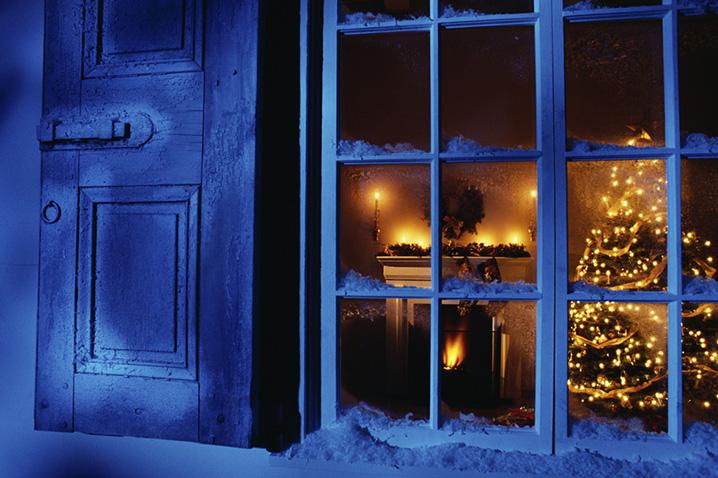It’s the first day of winter, which (usually) means colder weather, holiday lights, a blazing fire, and cookies baking in the oven. Unfortunately, it can also mean an increase in fire hazards. As you bake, decorate, and prepare for the holiday season, keep these safety tips in mind to ensure a safe celebration.
Decorations
Christmas trees, lights, and other decorations are a beautiful, whimsical way to celebrate the holidays. But Christmas trees can be a particularly dangerous fire hazard, with 1 in 45 Christmas tree–related fires resulting in death.
As naturally cut Christmas trees dry out, they become extremely combustible. Once ignited, a burning Christmas tree can consume an entire room in minutes.
To help prevent such a tragedy, check the tree for dryness and add water to the tree stand daily. You should also make sure that your tree is at least three feet away from heat sources such as vents, radiators, space heaters, fireplaces, woodstoves, and even candles. Make sure your tree isn’t blocking any exits, as well.
Fireplaces
The hearth is one of the central areas of the home during winter. But before gathering around the fire, make sure your fireplace, wood stove, or pellet stove has been installed and serviced by a trained technician according to state and local codes. And before your first fire of the season, have your chimney inspected and cleaned by a certified chimney specialist.
When building a fire, use seasoned hardwood, and build small fires that will burn completely and produce less smoke. This prevents creosote from accumulating in your chimney. Cardboard, trash, and other debris should never be burned in your fireplace, and you should also avoid flammable liquids such as lighter fluid.
Finally, never leave a fire unattended. Always extinguish fires before leaving the house or going to bed. And when cleaning out your fireplace, store the cooled ashes in a tightly sealed metal container at least 10 feet away from your home and any other buildings.
Space Heaters
As the nights get colder, many people use space heaters to warm their homes.
Heating is the second-leading cause of household fires, injuries, and death (with electrical fires being the leading cause), and December, January, and February are the peak months for such incidents. Space heaters are responsible for two out of every five heating fires.
When buying a space heater, be sure to choose one that is listed at UL 1278 or an equivalent testing laboratory, such as FM or ETL. It should also have an internal thermostat, which will keep the unit from overheating, as well as tip-over protection, which will ensure that the unit turns itself off if it’s knocked over.
Space heaters should always be plugged directly into an outlet; never use extension cords or power strips, as such items can easily overheat and start a fire. And be sure to keep heat sources such as space heaters at least three feet away from Christmas trees and other combustible items.
Other hazards
The winter season also sees an uptick in the use of other items that present fire hazards, such as electric blankets and candles.
Most electric blankets are relatively safe when used according to the manufacturer’s instructions, but they can still present a fire hazard. Turn electric blankets off when not in use or before you fall asleep, and never run the cord between the mattress or the box spring; this could damage the cord or cause heat to become trapped, both of which create the potential for a fire. If you notice damage to the cord or the electrical wiring, discard the blanket.
Candles provide a warm glow and pleasant scent during the holiday season, but December is the peak month for candle fires, with Christmas, New Year’s Eve, and New Year’s Day at the top of the list. Never leave burning candles unattended; put out all flames when leaving the room or your home and when going to sleep.
Always place candles on a non-combustible surface and use a sturdy holder that isn’t likely to tip over. Be sure to keep candles at least 12 inches away from combustible items, and don’t burn them all the way down.
If you follow these tips, you and your family should have an enjoyable and safe holiday season!


